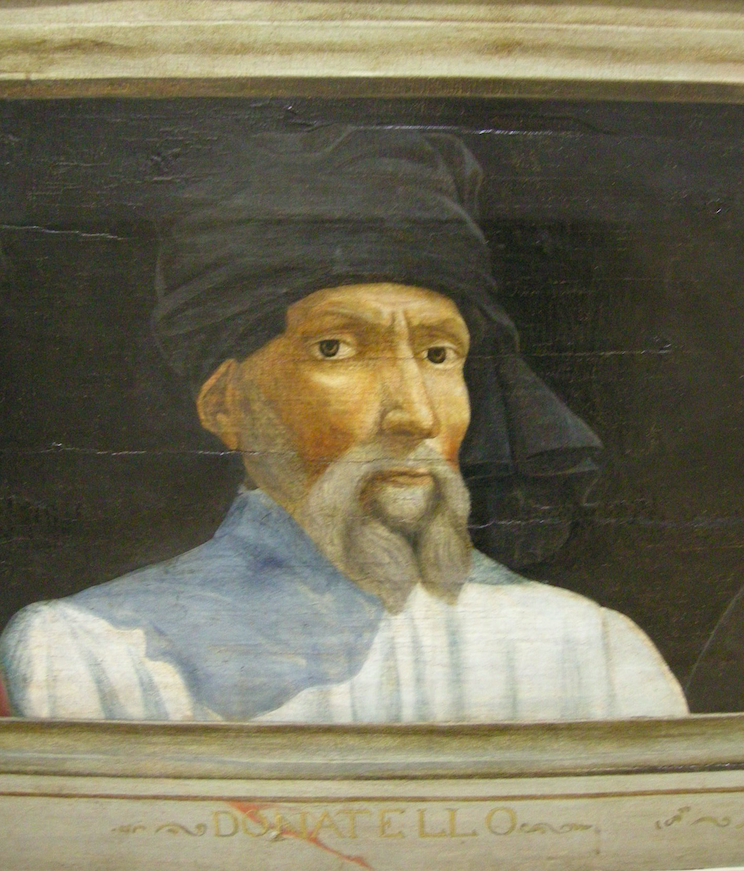Stories and anecdotes from artists and how they can or have affected how people have conducted business
“…so I’m pissed because I got to open for this non-playing motherfu*ker just because he had one or two sorry-ass records out. So I would come late and he would have to go on first and then when we got there, we smoked the motherfu*king place, and everybody dug it.”
Columbia Records’ Clive Davis, who does not have a reputation as a pushover, sounds alarmed in his recollection of Miles’ reaction after he forced the trumpeter to play the Fillmore dates to market psychedelic jazz-funk masterpiece Bitches Brew to white audiences.
According to John Glatt, Davis remembers that Miles “went nuts. He told me he had no interest in playing for ‘those fu*king long-haired kids.’” Particularly offended by The Steve Miller Band, Davis refused to arrive on time to open for an artist he deemed “a sorry-ass cat,” forcing Miller to go on before him.
Read the full story here.
Read an interesting debate about the event here.
It was said that a Genoese merchant had Donatello execute a very handsome life-size bronze head which was thin and light, so that it could be carried over a long distance, and it was through Cosimo [de Medici] that Donatello received the commission for such a work. When it was finished and the merchant wanted to pay Donatello, he thought that the sculptor was asking too high a price. So the deal was referred to Cosimo, who had the bust carried to a courtyard above his palace and had it placed between the battlements overlooking the street so that it could be better seen. Wishing to settle the matter, Cosimo, who found the merchant far from the price asked by Donatello, turned to the merchant and declared that Donatello’s price was too low. At this, the merchant, who thought it too high, declared that Donatello had worked upon it for only a month or a little more, and that this added up to more than half a florin per day. Donatello then turned angrily away, thinking himself too greatly offended, and told the merchant that in one hundredth of an hour he could spoil the labour and value of an entire year, and he gave the bust a shove, immediately breaking it upon the street below into many pieces and telling the merchant he proved himself more accustomed to bargaining for beans than for statues. The merchant regretted what he had done and wanted to Donatello more than double his price if he would only recast the bust, but neither the merchant’s promises nor Cosimo’s entreaties could ever convince Donatello to redo it.
“Anybody who will eat that kind of food for those kind of prices will never look at a painting of mine.” – Mark Rothko
In the spring of 1958, Philip Johnson approached Mark Rothko about creating a series of paintings for the smallest of two dining rooms at the Four Seasons Restaurant on the ground floor of the Seagram Building. Mies van der Rohe, the former leader of the Bauhaus, was the architect selected to design the building. With Johnson’s assistance, he created an elegant, expensive office tower, the crowning glory for Samuel Bronfman, the man who had started the Canadian Seagram liquor business. Johnson and Rothko agreed that Rothko would supply 500 to 600 square feet of paintings for 35,000 dollars.
Shortly after returning from his travels, Rothko decided to have a meal at the Four Seasons restaurant with his wife to take in the space that was to house his murals. The extravagant surroundings combined with the luxurious courses proved too much for him. That very evening, he called his friend and art advisor Katherine Kuh and told her he was returning the 35,000 dollars and claiming back his paintings. He famously stated: “Anybody who will eat that kind of food for those kind of prices will never look at a painting of mine.”
In 1969, after years of negotiating, Rothko donated nine of his murals, a series of maroon and grey paintings, to the Tate Gallery in London. The paintings have adorned the rooms of different Tate galleries throughout the years: they have moved rooms in the Tate Gallery, stayed at the Tate Liverpool, and finally found their place at the Tate Modern in London, where a 2008-2009 exhibition reunited them with seven of their relations from the Kawamura Museum of Modern Art in Japan.




